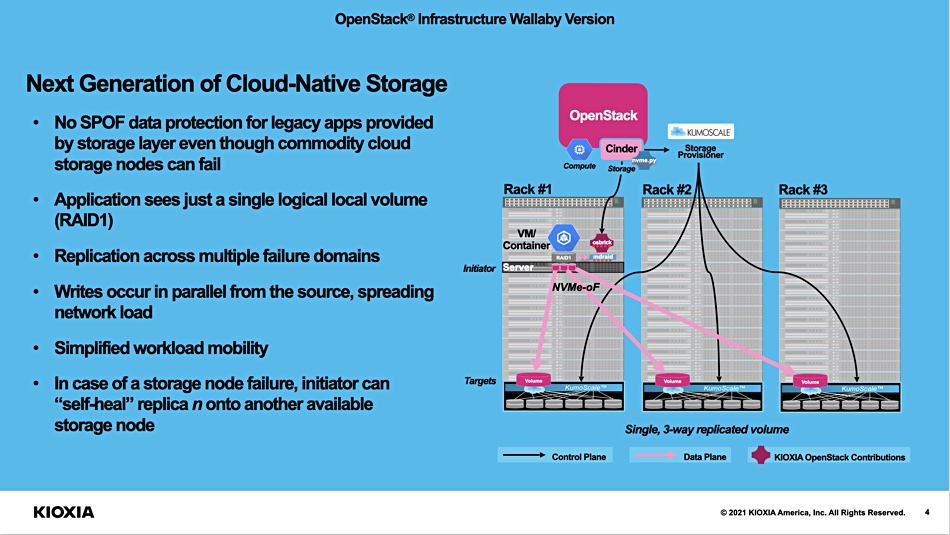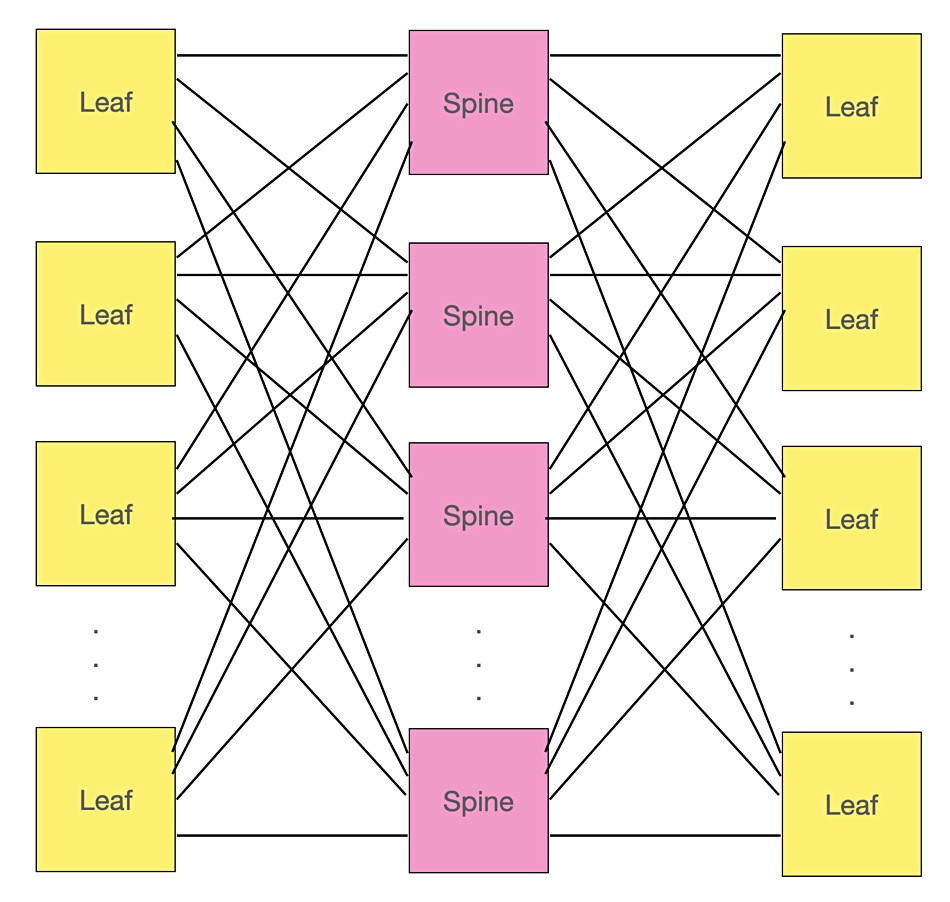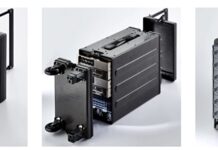Kioxia has added up-to-date OpenStack access control and open source integrations to its NVMe-oF KumoScale flash array software and increased its network access availability and bandwidth with a preview of multi-path networking support — an industry first for NVMe-oF storage over TCP/IP networks.
KumoScale software disaggregates NVMe SSD array storage from compute. A KumoScale system can scale to hundreds of storage nodes, which are certified servers running KumoScale software and fitted with Kioxia NVMe SSDs. Kioxia does not sell its own branded SSD arrays running KumoScale software. Kioxia has added NVMe-oF functions to the latest OpenStack Wallaby release and also integrated BGP (Border Gateway Protocol) support for multi-path networking to its v3.18 KumoScale release.
Joel Dedrick, VP and GM for networked storage software at Kioxia America, issued a quote: “We’re happy to contribute code and our considerable NVMe-oF technology expertise to the OpenStack community so that customers can benefit from the flexibility and scalability that NVMe-oF storage enables.”
Kioxia has:
- Refactored the OpenStack os-brick NVMe-oF connector (nvmeof.py) and upgraded it to support more recent NVMe-oF protocols;
- Contributed an enhancement to the OpenStack infrastructure Wallaby release connector that supports client-side replication via md-raid;
- Contributed a KumoScale software Cinder driver that seamlessly integrates KumoScale storage backends into OpenStack environment.
This provides for replication across multiple failure domains with parallel writes, and so protection against single points of failure.

On the other side of the OpenStack relationship, Brian Rosmaita, OpenStack Cinder Project Team Lead (PTL) and a principal software engineer at Red Hat, said “These new features will enable the OpenStack community to take advantage of the fast-evolving NVMe-oF protocol. Other driver maintainers are already looking at leveraging the updated os-brick connector to offer NVMe-oF with TCP, so the Kioxia contribution, in addition to bringing KumoScale into the OpenStack family, is a real benefit to the entire OpenStack community of users.”
Networking
Storage arrays often use port channels — layer 2 in the OSI model — to connect to an IP network. Kioxia is moving KumoScale up to layer 3 and aiming to use IP routing instead. This means KumoScale systems can participate in so-called Clos networks. These have a multi-stage, circuit-switched design, with ingress points, mid-way switches and egress points.
In modern spine and leaf networking the spines are the mid-way switches and the leaves are both the ingress and egress points. In such a network all end hosts accessing the network can reach each and every other end host via a leaf-to-spine-to-leaf connection.

KumoScale will support BGP via an integration of the Free Range Routing (FFR) software and so provide reliable and dynamically reroutable L3 level multi-path network connectivity between client initiators and KumoScale storage targets. Overloaded or failed points or links in the network can have a new path routed around them to preserve connectivity and bandwidth.
The v3.18 KumoScale release also has improved install and upgrade processes, end-to-end security and reporting telemetry, and a sample reporting dashboard built on Prometheus logging, Loki telemetry and Grafana dashboard support.
Comment
Kioxia’s KumoScale competes with other suppliers of NVMe-oF-accessed flash arrays, including SW-only Excelero, and SW+HW suppliers Dell EMC, HPE, IBM, Infinidat, NetApp, Pure Storage, StorONE and VAST Data. The company is targeting cloud service suppliers and enterprise data centres, saying KumoScale offers native NVMe-oF performance at data centre scale, whatever that means.
A Hardware Compatibility List is said to exist on the “Deploying Storage Nodes” KumoScale webpage, but Kioxia’s link to it fails. We’re told customers can request it through Kioxia sales channels. Kioxia documentation refers to 2U x 24 slot configurations. These could hold 368.6TB of PCIe Gen 4-connected Kioxia CD6-R NVMe SSDs, enabling a 7.4PB rack — or 184PB capacity using 500 such servers.
KumoScale SW is sold via a perpetual licence and we have no information about KumoScale sales. We do know Kioxia has steadily extended KumoScale functionality since the software was first revealed in late 2017.
KumoScale history
- Jun 2021 — v3.18 SW supports OpenStack Wallaby and BGP Routing.
- Nov 2020 — PCIe Gen 4 added.
- Oct 2020 — KumoScale faster than Ceph on block IO.
- May 2020 — Thin provisioning support.
- Apr 2020 — CSI-compliant Snapshot and clone functions added.
- Sep 2019 — Supports Graphite and Prometheus technology.
- Mar 2019 — Supports NVMe-TCP.
- Mar 2018 — Toshiba announces KumoScale all-flash array SAN software supporting RoCE.
- Aug 2017 — KumoScale software development revealed, running in a server and virtualizing a pool of disaggregated physical NVMe SSDs.








